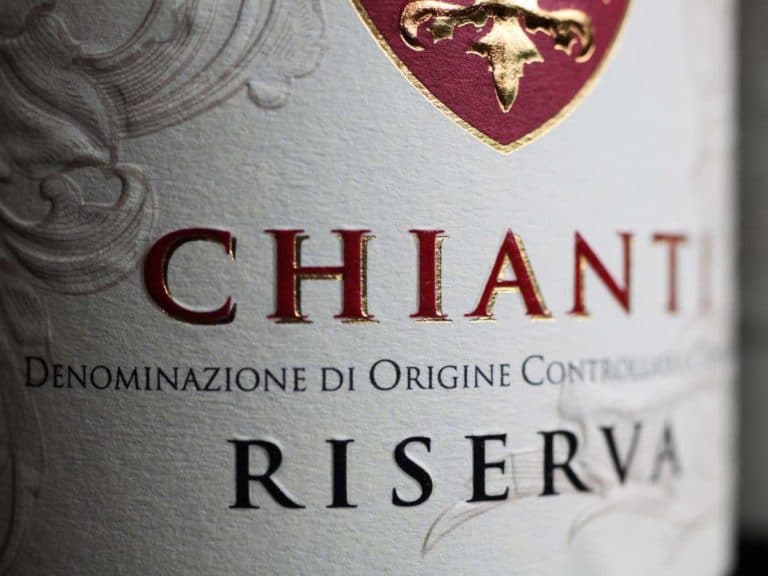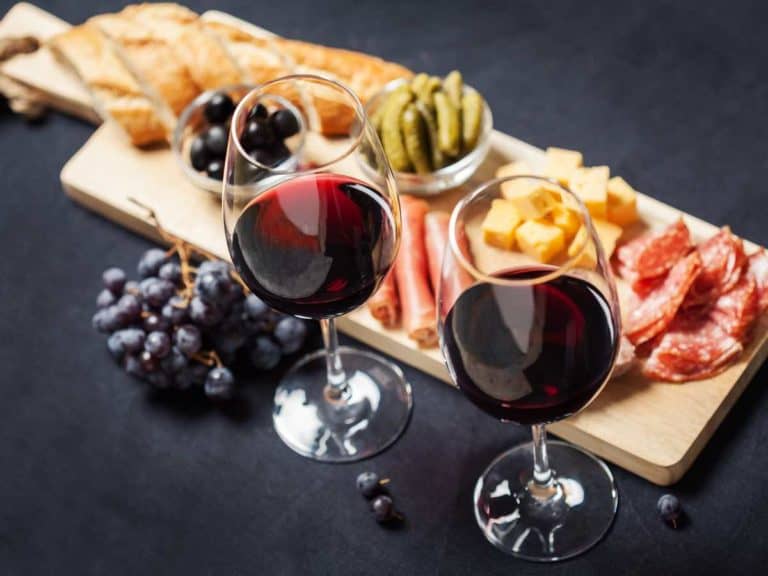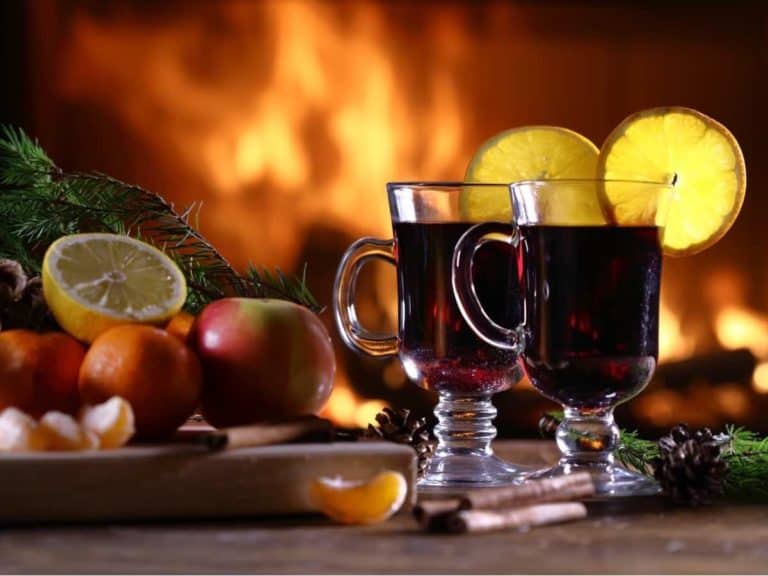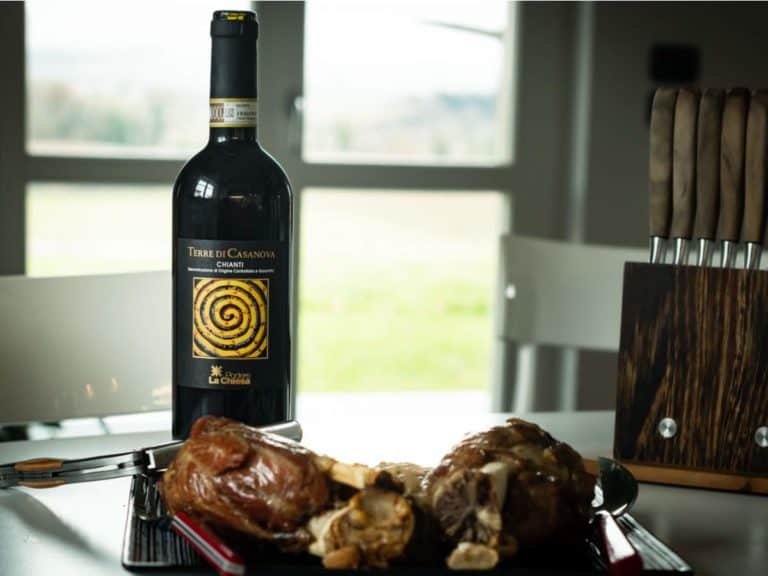How to Drink Wine With Food: 8 Rules
Drink white wine with white meat and red wine with red meat. While it’s an old adage that’s so easy to remember, it’s a general rule of thumb that’s not entirely carved in stone.
So, in other words, you can practically drink whatever you like with whatever food you have.
However, there are still guidelines that can help you make the smartest choices and get the best possible experience each time you match a bottle of wine with food. And it’s those recommendations that you will encounter in this post, so don’t stop reading now if the thought of choosing which wine should go with which food stresses you out.
Red Wine for Red Pasta Sauce
Red pasta sauce — the name gives a hint on which type of wine goes with it. While all red pasta sauces are red, not all of them are created equal. It’s important to take into account the base ingredient of the red sauce in order to be able to determine the just right kind of red wine to pair with it.
Something that’s tomato-based requires something that can match its acidity. For this, consider a bottle of medium- to full-bodied wine. Otherwise, the pasta dish with a red sauce will taste blah.

But just because the pasta sauce is red doesn’t necessarily mean you should stick to red wine.
Acidic white wines are some of your top choices if you want to give those red wines some time off whenever there’s pasta. Rose, Pinot Grigio, Riesling, Sauvignon Blanc — these are some of the best options. And it’s not just red pasta sauce that they pair nicely with but also pizza!
The game changes with the presence of a lot of cheese, such as in the highly accessible macaroni and cheese to more exotic ones such as cacio e pepe, cheese manicotti and caprese chicken lasagna. In this instance, you will need light-bodied wines that can tame the dish’s creaminess, such as Sauvignon Blanc, Chablis or Pinot Grigio.
Deep Ruby for Juicy Red Meat
Just about any red wine goes nicely with practically any red meat. But if a more balanced juicy red meat dish is what you’re after, then opt for a bottle of wine with the deepest red color, such as Cabernet Sauvignon.
One of the most widely recognized types of red wine, Cabernet Sauvignon has a strong fruity profile that boasts of the likes of plums, dark cherries and blackcurrants. It’s high in tannins, too, which can help in balancing the unforgiving richness and juiciness of steak, lamb and other dark meat dishes.
Bordeaux and Bordeaux-style red wine blends are also great with red meat.
Dry Sparkling for Anything That’s Salty
Salty foods decrease sweetness, which is why it’s pointless to drink sweet wines with them.
But they bring out the fruitiness and other delicate components in wines. And that is why a dry sparkling wine is what pairs well with something that’s salty. The likes of brut Champagne and Spanish cava, for instance, instantly become refreshing the minute you have them with foods whose saltiness is their claim to fame.

Crisp, acidic, fruity — if the bottle of white wine you have in mind meets these criteria, chances are that it will complement tortilla chips, buttered popcorn, salted soft pretzels or seaweed snacks you wish to grab. And since the right pairing can keep you from overeating those salty treats, your blood pressure will thank you!
Pairing a dry sparkling wine with oily and fatty fried dishes is also a great idea as it can easily cut through their richness with the help of their natural acidity and bubbles cleansing your palate with each mouthful.
Semi-Sweet for Something That’s Spicy
When there’s spicy food on the table, there’s one very important rule to remember: never serve a bottle of wine with high tannins. That’s because it will make just about anything that’s spicy seem even spicier!
It goes without saying that a low-tannin wine is the best for the job.
One very good example is Riesling, which is a white wine known for being high in acidity and low in tannins. It has a slightly sweet flavor that helps control a spicy dish a little and at the same time bring out the more aromatic elements. Also phenomenal with spicy foods are light and fizzy ones such as Prosecco and Champagne.
But, as always, there are exceptions to the rule — when it comes to food and wine pairing, it’s perfectly fine to reach for a glass of red wine with moderate tannins if it’s a spicy red meat dish you are having.
Light White Wine for Seafood
Many types of silky Chardonnays pair agreeably with an assortment of hearty fish dishes — they complement the vast majority of seafood with rich and thick sauces.
If truth be told, just about anything that’s light enough to allow the delicate flavor of most seafood such as shellfish sing would be a nice choice. Some good examples include Semillon and Chablis. Something sparkling such as Champagne is also phenomenal. White wines with a little sweetness are great for spicy seafood dishes.
But just because it’s from the sea doesn’t necessarily mean that it will go best with white wines only.
Pinot Noir, Merlot or Zinfandel, for instance, are great for tuna, salmon and mackerel cooked as simply as possible. That’s because their fruitiness and fresh taste help tone down their fishy taste that a lack of complex flavors can highlight. Additionally, these white wines are cooperative with the textures and aromas of fish.
Well-Balanced White Wine for Tangy Desserts
Having desserts made tangy with lemon or berries? Then stay away from those high tannin red wines — the goal should be to maintain the dessert’s tartness and bring up some of its sweet tones, not be caught with an unsightly puckered face by someone’s smartphone camera.
Most well-balanced white wines with just the right amount of sweetness and acidity are apt for the moment.
Sauvignon Blanc is something that pairs well with anything from lemon squares to blackberry-orange cake. A couple of wines you may also go for are Vinho Verde and Verdejo.
A bottle of nicely balanced wine also goes perfectly with a tangy dish. A wonderful example would be sweet and sour shrimp or the Indonesian salad rojak or assam laksa from Penang. You can also count on it whenever there’s a vinaigrette dressing or sauce nearby.
Various White Wines for Fruits
Fruits are some of the things that pair best with wines since, after all, wines themselves are from fruits. While white wines are those that go best with fruits and fruity desserts, it’s still important that the right one is picked.

Sweet white wines you can get are perfect with tart and acidic fruits such as berries.
On the other hand, those with mid-sweetness such as Pinot Grigio, Chenin Blanc, Vidal Blanc and Moscato are excellent with apples, grapes and various other white fruits. Meanwhile, it’s hard to go wrong if you pair very dry ones such as Sauvignon Blanc and Pinot Blanc with bananas and an assortment of dried fruits.
Old-World Wine for Old-World Recipes
Simply put, old-world wines primarily refer to wines made in Europe and other places on the planet with a long winemaking history. They are usually lower in alcohol and have brighter acidity. It’s not uncommon for them to be lighter-bodied and demonstrate some earth-driven flavors and aromas.
And, normally, old-world wines are named after their birthplaces.
Because of the fact that they’re made using more traditional methods, it isn’t surprising that they pair best with dishes that are just as classical and time-honored as they are!
Old-world Italian wines, for instance, are some of those with the most natural fit with traditional Italian dishes ranging anywhere from risotto to eggplant caponata. Old-world wines originating from Spain, on the other hand, are more impeccable when enjoyed with timeless Spanish dishes like paella, jamon or gazpacho.
Just Before You Pair a Wine With Food
It would seem that there are a lot of things to remember when it comes to drinking wine with food. But the bottom line is that the right type of wine for a particular kind of food is something that will neither overpower nor downplay its taste. Considering your personal preference or need, of course, is an essential part of the selection process.





